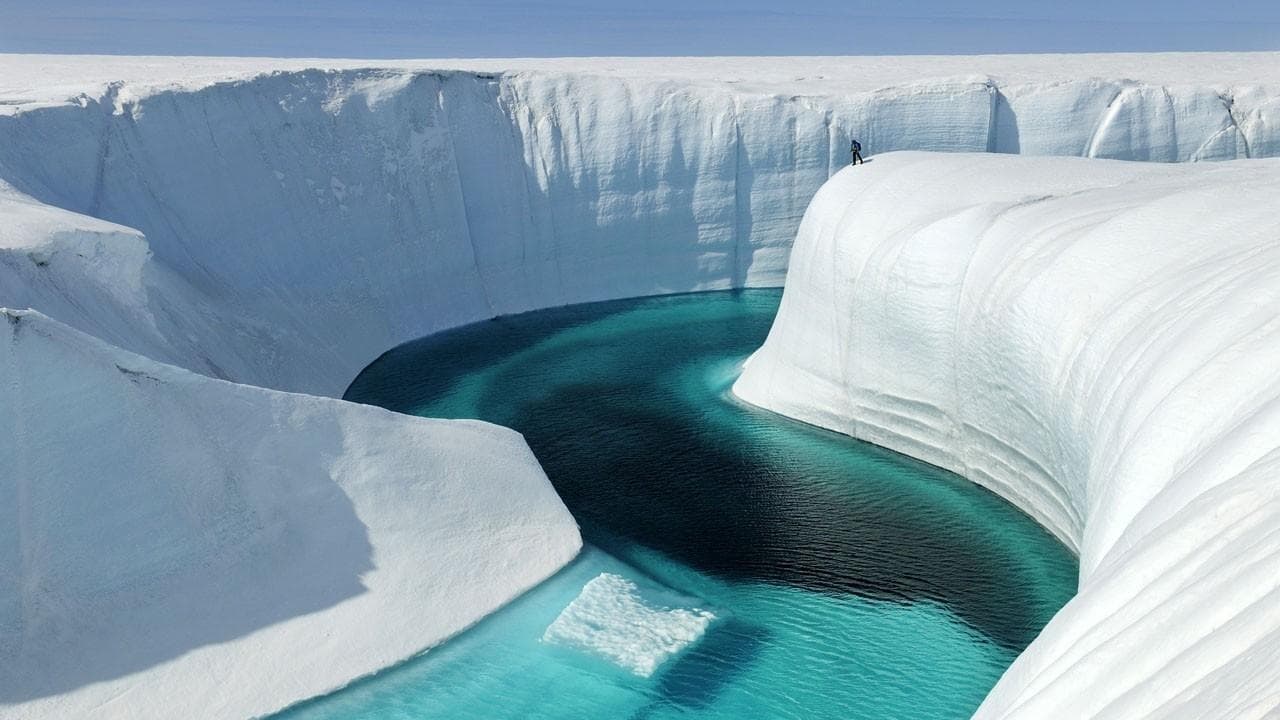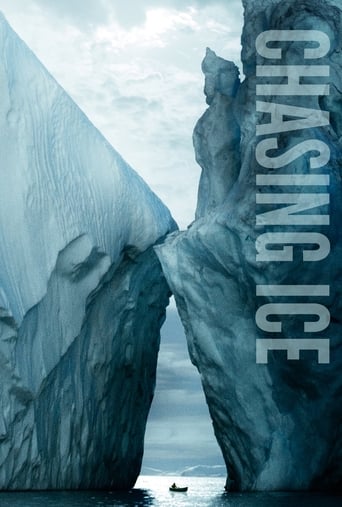

Waste of time
... View MoreA different way of telling a story
... View MoreThe movie's neither hopeful in contrived ways, nor hopeless in different contrived ways. Somehow it manages to be wonderful
... View MoreA great movie, one of the best of this year. There was a bit of confusion at one point in the plot, but nothing serious.
... View MoreThis review had been deleted due to a report of "abuse" by another reader. Typically, there is no argument, just a report to authorities of "abuse", where there is none. Sadly, nowadays, having an opinion that looks at things from a different perspective is reported by the ignorant as abuse. More sadly, those that review the complaint agree with the complainant, again, where there is no "abuse".Visual depiction, things change. There has been more CO2 in the air in the past, the earth survived. There are natural mechanisms that deal with CO2. What natural mechanism deals with the dumping of tons and tons of barium, aluminum, thorium, cadmium, chromium, and nickel in our skies? If you're interested in thinking outside the CO2 box, check out multiple internet sites related to 'chemtrails' or 'geoengineering' that I'm not allowed to cite here.Example: "For more than a decade, first the United States and then Canada's citizens have been subjected to a 24/7/365 day aerosol assault over our heads made of a toxic brew of poisonous heavy metals, chemicals, and other dangerous ingredients. None of this was reported by any mainstream media."Rather, planes (fitted with special nozzles) release aerosols "lines" in the sky that do not evaporate. At first, these lines are thin; but soon they expand and, in a short time, merge together. Our once-blue sky has vanished and has been replaced by a grayish-white toxic haze that blots out and greatly diminishes our usual sunshine.
... View MoreFor me the film got dubious at:"I had this idea the most powerful issue of our time was the interaction of humans and nature." "Needed to show these things in a more seductive fashion" -- James BalogHmm, really? I've always considered humans part of nature, but hey, that's just me. But the question remains, the issue is powerful how exactly? Al Gore kinda powerful maybe? Seems like most climate change proponents, heck environmental protectionists in general, what they really advocate is control, political/social control (Hence my summary). Greatest good for the greatest number anyone? According to James Balog, "we humans are causing it" (climate change). The unstated assumption is that since humans have the power/ability to change the environment, the geology, even the climate of the planet, why not simply change it for the "better." Aye, there's the rub. On the one hand humans are the disease and if they can only be taught to see the error of their ways they can be magically transformed into the cure too. A very seductive idea to the aspiring do-gooder indeed.When the film ended I thought, gee, had some pretty pictures but otherwise not particularly focused or interesting. For those who'd love to change/control the world I'd heartily recommend it. For those like myself who confess we don't know what to do, might flip a coin to decide. Score - 4/10
... View MoreChasing Ice joins the list of growing environmental themed documentary's (see also An Inconvenient Truth, A Crude Awakening, Who Killed The Electric Car etc) that look to highlight the effect global warming is having on our fragile planet. Ice presents an insightful look into a particular aspect of this issue or non-issue if you see fit that while interesting isn't particularly involving.Ice Centres its story on National Geographic photographer James Balog. Director Jeff Orlowski (who made the fantastic and somewhat scarier documentary The Cove) follows Balog and his crew's quest to document for the first time over a period of years the decline of some of the world's glaciers and ice capped territories from Greenland to America. The journey this crew of men take is a brave and commendable effort but as a film Ice just doesn't feel that structured or interested in making you the viewer feel a part of the mission. A major plus for Ice and an undeniable scary beauty is the images it captures both through Balog's lens and through Orlowski's filmmaking eye. The viewer is in no doubt that what is being captured by these men and therefore witnessed through this film is haunting, one particular segment of night time images is sure to make the most jaded of viewer stand up and take notice. Being nominated in the best documentary category in this year's Oscars ceremony it's clear Ice struck a chord with viewers and critics alike. At a short running time of 70 minutes Ice never outstays its welcome and provides another intriguing look into the Earth as we know it today. 3 and a half icicles out of 5For more reviews and movie opinions check out – www.jordanandeddie.wordpress.com
... View MoreNoted photog and National Geographic contributor James Balog leads us on a tour of the glacial north in this stirringly-framed argument against the sins of global warming. It's a three-pronged picture, stuffing a biography, research paper and technical adventure into one seventy-minute package, and often feels scattered as a result. The science makes for interesting brain food and Balog's personal journey is unique, if a bit overplayed, but the real show-stoppers are his long-form time lapses and breath-stealing snapshots of nature at its most profound. The centerpiece of this film, and of his argument, are a series of three-year-long panoramas in which we clearly watch several glaciers shrink and recede at an alarming rate; a convincing testament to both the presence and speed of the global melt. Though Chasing Ice can certainly be accused of getting caught up in its own self-importance (or lost in the data), those lingering tastes of proof are worth waiting for and the constant presence of Balog's powerful photo portfolio makes the ride there especially sweet.
... View More